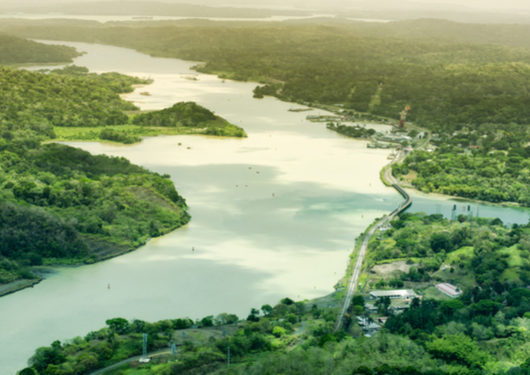
Visit Our Sponsors |
|
|
|
|
|
|
|
|
|
|
|
|
|
|
|
|
|
|
|
|
|
|
|
|
|
|
|
|
|
|
|
|
|
|
|
|
|
|

Just as the Panama Canal was unveiling a new, fatter set of locks, U.S. shale drillers were readying their very first exports of liquefied natural gas. While the wide-body tankers that transport LNG would’ve had no chance of squeaking through the original steel locks built a century ago, they could easily traverse the bigger channel and shave 11 days off the trip to primary markets in Asia.
But 17 months in, it’s not quite working out as planned. Only a single LNG tanker has a guaranteed passage each day. The natural-gas industry blames the Panama Canal Authority for holdups, and the canal authority blames the industry for being lackadaisical about transit timetables.
Whoever’s at fault, this much is clear: The pressure is on both sides to resolve their problems. For gas exporters, it’s critical to establish credibility as a reliable new source of fuel for clients in Asia. For the canal authority, the stakes are high too, with Mexico and other countries flirting with creating alternative routes as gas demand booms.
“The canal surely has had some issues getting the new set of locks up and running smoothly,” said Peter Sand, an analyst with the shipping association BIMCO. “It has taken longer than the canal and the industry expected.”
RELATED CONTENT
RELATED VIDEOS
Timely, incisive articles delivered directly to your inbox.






